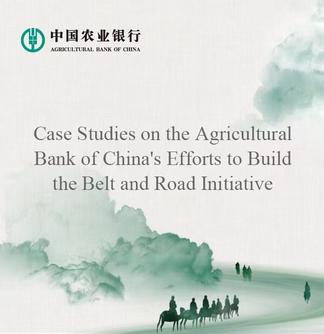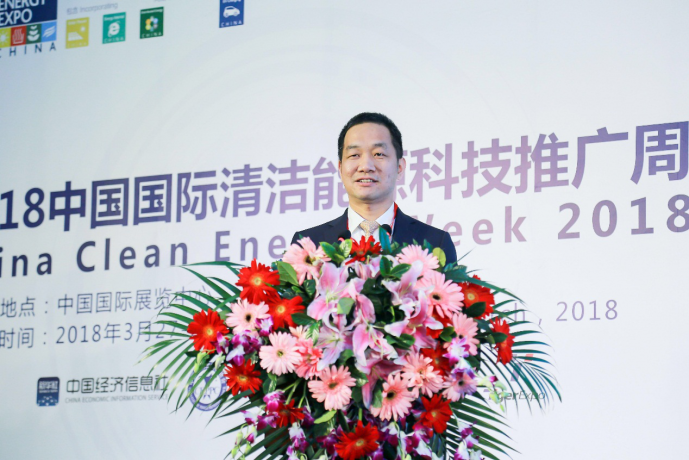
(Photo: Yang Lei, senior advisor to executive director of the International Energy Agency, addressed opening ceremony of China Clean Energy Week 2018 on March 27.)
BEIJING, Mar. 28 (Xinhua) – China’s carbon emission could reach the peak around 2025 with due efforts made, five years ahead of previous estimation, said Du Xiangwan, member of the Chinese Academy of Engineering (CAE) and former vice president of the CAE at the opening ceremony of 2018 China Clean Energy Week held on Tuesday.
China’s energy structure will be greener and less carbon intensive in the future, with low-carbon energy’s proportion in primary energy mix rising to around 25 percent by 2020, over 35 percent by 2030, and 50 percent to 60 percent by 2050, Du added.
Clean energy is leading energy transition in the world and low-carbon sources such as natural gas and renewable energy will meet 85 percent of the increase in global energy demand by 2040, said Yang Lei, senior advisor to executive director of the International Energy Agency.
Electricity would take up 60 percent of China’s final energy consumption by 2050, and the electricity would mainly be generated from wind power, solar power and other renewable energy, said Wang Zhongying, deputy director at Energy Research Institute under China’s National Development and Reform Commission, and director of China National Renewable Energy Center.
According to the Annual Report of China’s Clean Energy Industry released by China Economic Information Service at the opening ceremony, China newly installed 53.06 gigawatts (GW) of photovoltaic (PV) capacity in 2017, of which 19.44 GW came from distributed PV market. It is estimated that newly installed PV capacity would be 40 GW to 50 GW in 2018, and layout of the PV industry would further move to central east China.
The report also shows that newly installed capacity of wind power in China stood at 15.03 GW in 2017, down 22.1 percent year on year, yet the wind power generation saw an on-year increase of 26.3 percent. In 2018, offshore wind power projects and distributed wind power projects will be boosted by China as it is seeking to tackle wind power curtailment. (Contributed by Zhou Yuran)




 A single purchase
A single purchase









